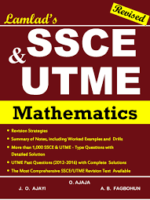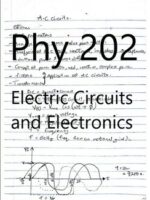This book is the result of a sequence of two courses given in the School of Applied and Engineering Physics at Cornell University. The intent of these courses has been to cover a number of intermediate and advanced topics in applied mathematics that are needed by science and engineering majors.
The courses were originally designed for junior level undergraduates enrolled in Applied Physics, but over the years they have attracted students from the other engineering departments, as well as physics, chemistry, astronomy and biophysics students.
Course enrollment has also expanded to include freshman and sophomores with advanced placement and graduate students whose math background has needed some reinforcement. While teaching this course, we discovered a gap in the available textbooks we felt appropriate for Applied Physics undergraduates.
There are many good introductory calculus books. One such example is Calculus and Analytic Geometry by Thomas and Finney, which we consider to be a prerequisite for our book. There are also many good textbooks covering advanced topics in mathematical physics such as Mathematical Methods for Physicists by Arfken.
Unfortunately, these advanced books are generally aimed at graduate students and do not work well for junior level undergraduates. It appeared that there was no intermediate book which could help the typical student make the transition between these two levels. Our goal was to create a book to fill this need.
The material we cover includes intermediate topics in linear algebra, tensors, curvilinear coordinate systems, complex variables, Fourier series, Fourier and Laplace transforms, differential equations, Dirac delta-functions, and solutions to Laplace’s equation.
In addition, we introduce the more advanced topics of contravariance and covariance in nonorthogonal systems, multi-valued complex functions described with branch cuts and Riemann sheets, the method of steepest descent, and group theory.
These topics are presented in a unique way, with a generous use of illustrations and graphs and an informal writing style, so that students at the junior level can grasp and understand them.
Throughout the text we attempt to strike a healthy balance between mathematical completeness and readability by keeping the number of formal proofs and theorems to a minimum. Applications for solving real, physical problems are stressed.









aslam
Excellent